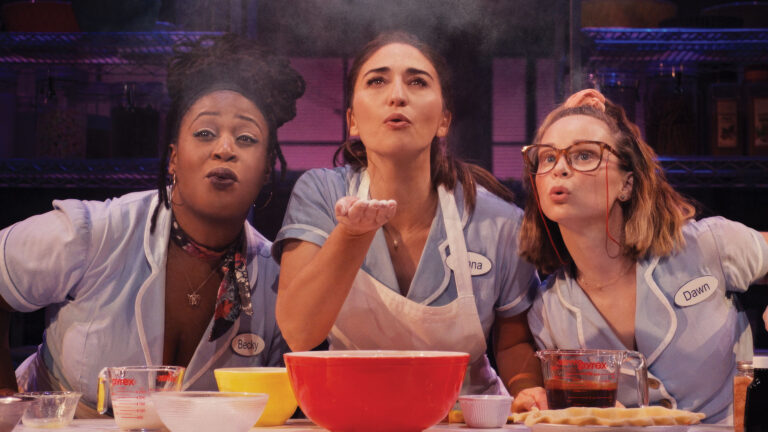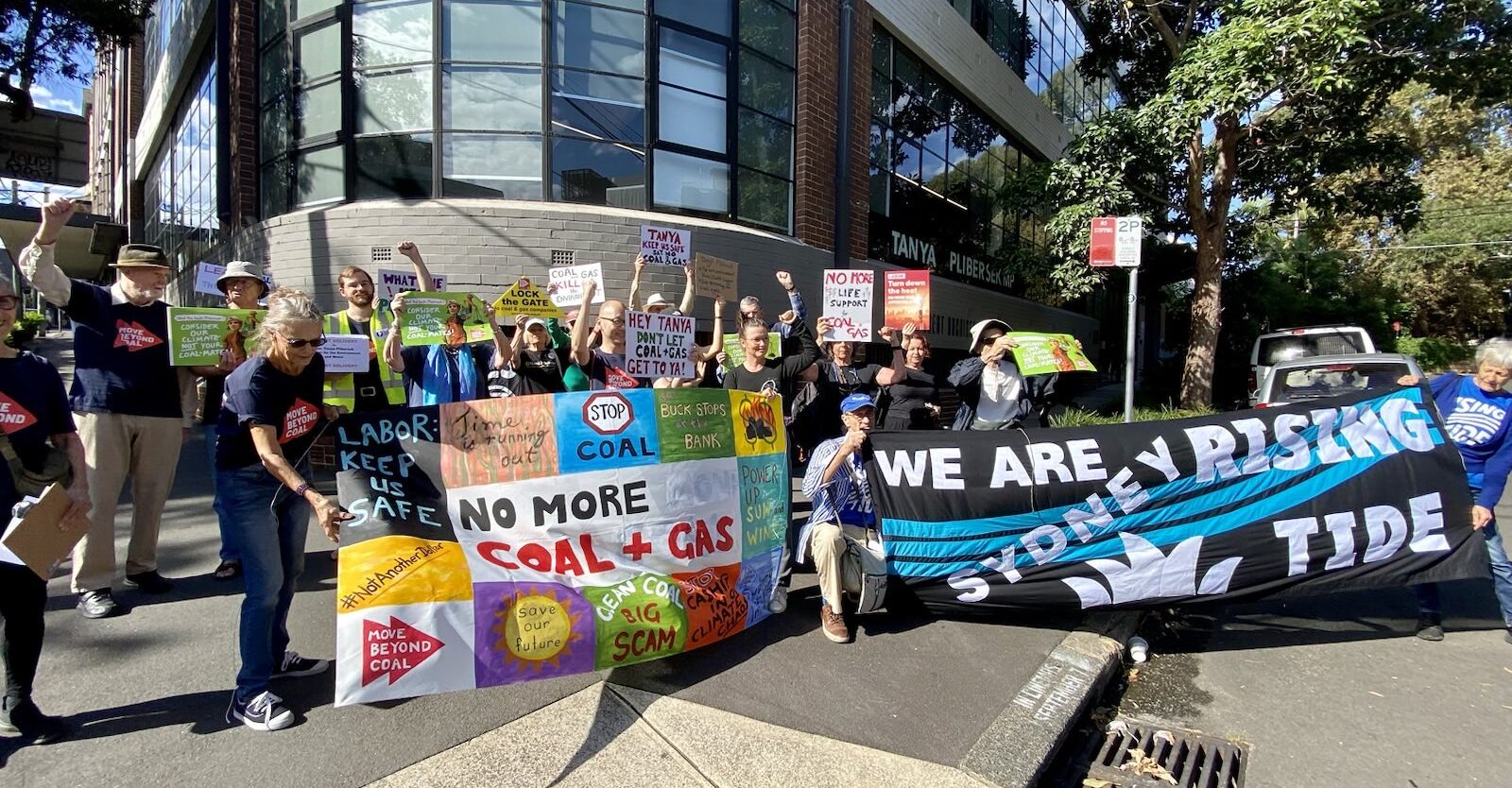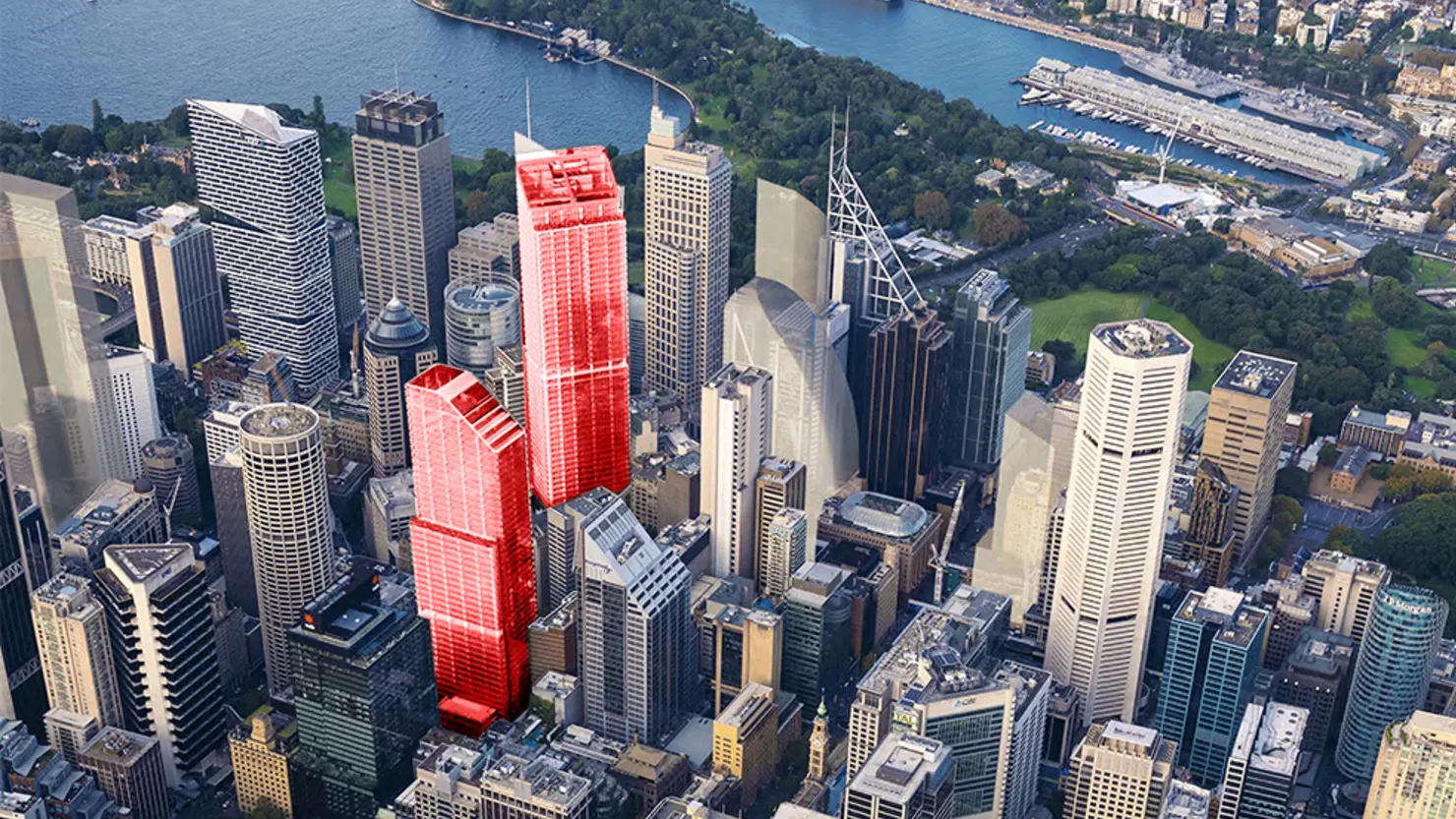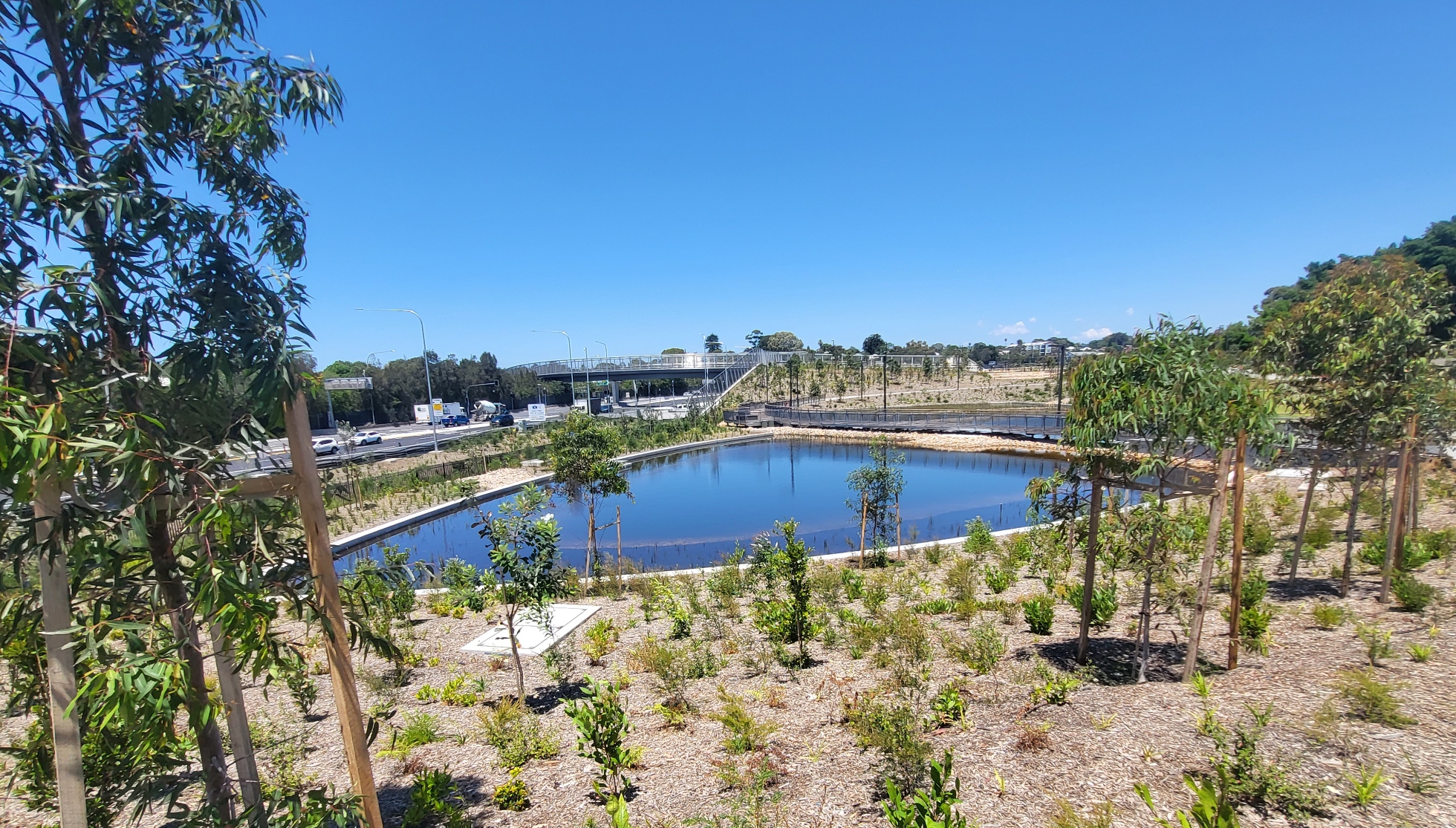
Street Creatives: The dark horses of Sydney’s art scene
By LUCINDA GARBUTT-YOUNG
An acoustic melody travels through Central Station’s commuter tunnel.
Further along, a steady accordion hums while the player slouches into conversation with invisible visitors. These patterns repeated themselves on the way to Jai Jaru’s house; a simple yellow place in one of Sydney’s social housing precincts.
Jai is proud of this humble abode.
“I’m a gardener. Gardening and photography, they’re my things,” she explained.
She pulled back her kitchen curtain to reveal a vegetable patch that she regularly tends to.
The living room is adorned with prints. Jai has been photographing for four years and selling her images as stock photos for two. She first learnt about photography through Homeless in Focus, which offers disposable cameras to people in insecure housing situations.
Jai now helps run the program for roughly 100 people annually and boasts her own array of camera equipment.
There are an estimated 37,700 homeless people in Sydney. A UNSW study found that despite a decrease in homelessness during COVID-19, figures are back on the rise. Many people are given temporary hotel rooms instead of long-term housing.
And yet, Jai has transitioned from sleeping rough to welcoming others into her home. She is now a prominent voice for the homeless community.
The City of Sydney’s Homeless Action Plan 2020 suggests that art programs have a positive influence on wellbeing by engaging people in educational and social initiatives. Jai believes these programs achieve more than merely what is documented.

Sydney’s flourishing programs
Several days after our first encounter, I meet Jai again at a Darlinghurst church. The adjacent Rough Edges centre is lined with patron art. Hidden from view, there’s an old cupboard filled with painting supplies.
Here, community members can find friendship, a meal and social support.
The organisation also has a deep history of art as a restorative method. It now runs a five-week long photography course for people in insecure housing situations.
Award-winning photographer Fiona Wolf flips through books as she explains contrast and vectors to a class of four. This week, they are learning black and white photography along the streets of Kings Cross.
“One thing that cultivates an understanding of art… is talking about it and being able to express how you feel,” she pauses to watch her students make coffee in the adjacent kitchenette. They have just become friends.
“That’s what we’re trying to establish here and we’re all pretty free in terms of chatting about [our work].”
It’s a hospitable class, where visitors are quickly welcomed. Tables are lined with students’ work from the previous week; a miniature exhibition for their classmates. A gentle ode to future successes, with no expectation to reflect on past struggles.
Ironically, many participants have been forthcoming about their troubles, often embedded within their images.
“You just duck into a different world and photograph, snap away and document the world as you see it,” Fiona said.

Terri O’Conner, a student in the Rough Edges course, sits on a table by herself as she lays out her work. She is particularly interested in street portraiture.
In her most recent work, an elderly gentleman smiles at the camera from under his hat. The midday light hits the creases near his eyes, which Terri has trained her lens on.
“I really enjoy talking to and interacting with them [the people photographed],” Terri says.
“I’ve never been so excited about something.”
Today’s class is particularly significant for Terri. She is opening a brand-new camera, identical to the Canon mirrorless equipment used in the program. She has just bought it with the money she saved for her brother’s upcoming visit.
“He told me to go for it,” Terri says, sharing how she spoke to her brother about such a big purchase.
“I might need to take out insurance on it,” she jokes.
As the class concludes, Terri lingers to speak with Fiona, testing the basics of her new purchase. She has only been photographing for a month.

This sentiment of success spans beyond photography. Other creative programs, including Milk Crate Theatre, champion art in Sydney’s homeless community.
Milk Crate Theatre works with community members to develop scripts for public performance. Participants collaborate with professional actors and directors. CEO Jodie Wainwright explained how creativity unlocks people’s emotions and provides purpose.
“Humans are natural storytellers, it’s how we relate and understand things. By sharing stories and putting them out in public… you can start to affect social change,” she said
“Even if it’s just realising that people who are homeless are not what the media rhetoric tells you.”
We’ve got it good. Let’s get it perfect.
Despite success stories, creative industry workers fear there is some way to go before programs reap their full potential.
Conor Ashleigh is a communications specialist working in vulnerable communities, including with people experiencing drug addiction and unstable housing. Through his documentary and still photography work, he has noticed a profound presence of natural creativity in Sydney’s homeless communities.
He believes recognising this may be key to delivering successful programs.
“People who have more privileges, perhaps with secure housing, don’t need to be discerning with creativity and critical decision making skills all the time,” he said.
Conor reflected on some of the people he’s worked with; their stories unimaginable to the average Australian. Many find creative ways to shower, find food, or afford simply luxuries.
“So many of the people I’ve worked with are incredibly creative, perhaps not in the traditional sense… but they are very emotive and expressive.”
He concluded that successful initiatives work with the creative skills people already have, rather than building from the ground up.
When I told Jai about Conor’s thoughts, she affirmed the sentiment.
“Shit yea, that makes so much sense,” she laughed.
“You have to be so creative on the street.”

Jai would like to see creative programs gain funding for earlier intervention and increased scope. Art’s transformative qualities should be enacted at all levels, she says, including in the legal system and as correctional prevention.
There needs to be no Catch-22, she believes: no formal commitment or price, just big benefits.
“[Going forward], when are we going to put these measures in place? Are we going to wait until the person is homeless or mentally unwell?”
Despite the mental health benefits and a developing skillset, there’s very limited capacity for employment in the creative arts sector. Jai fears that a media narrative of hopelessness for homeless communities may be taking its toll.
“Many [homeless] people have been very productive in their lives,” she looked away while speaking.
“We have people who have been lawyers, or who have been certified educators.”
Jai says mentorships could be key to accessing a broader range of skills and story-telling.
She thumbed through many A3 photos whilst explaining this, with gentle reverence for her work. Many of these photos were taken on a disposable camera whilst sleeping rough. Their composition is striking- a skill she improved when working with established artists.
“There’s huge benefits [to mentoring]. Well, potentially huge,” Jai said, reflecting on how mentoring through Homeless in Focus has altered her life. She has the pictures to prove it.
Through trials, some of Sydney’s best creatives are those with lived homeless experience. Their natural skill and willingness to learn may be the key to creating transformative programs.
We just need to think a little more laterally.









